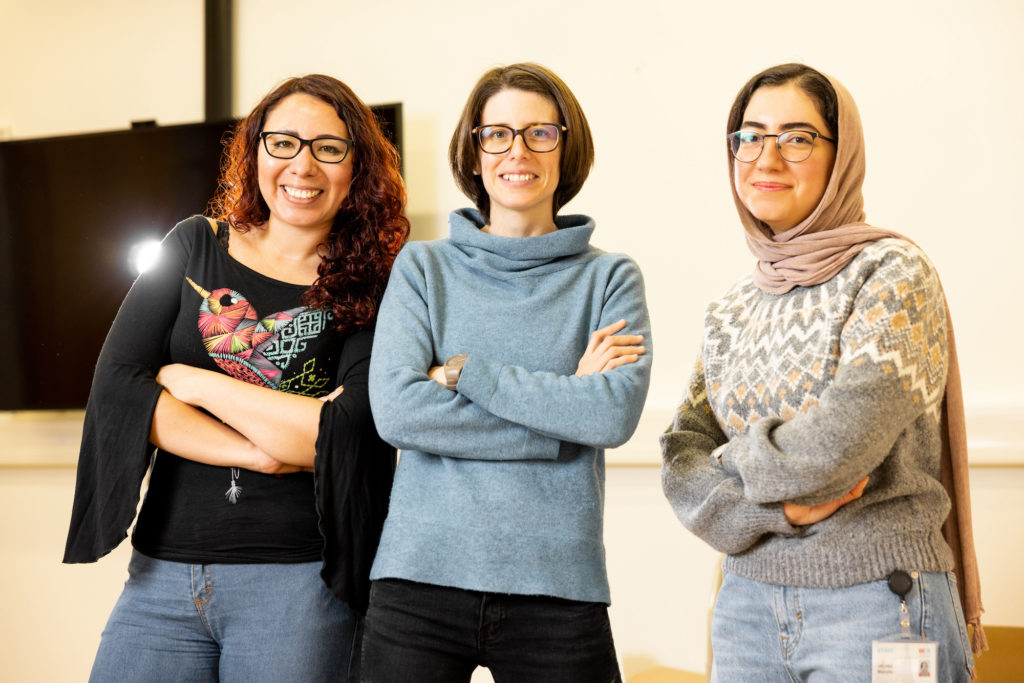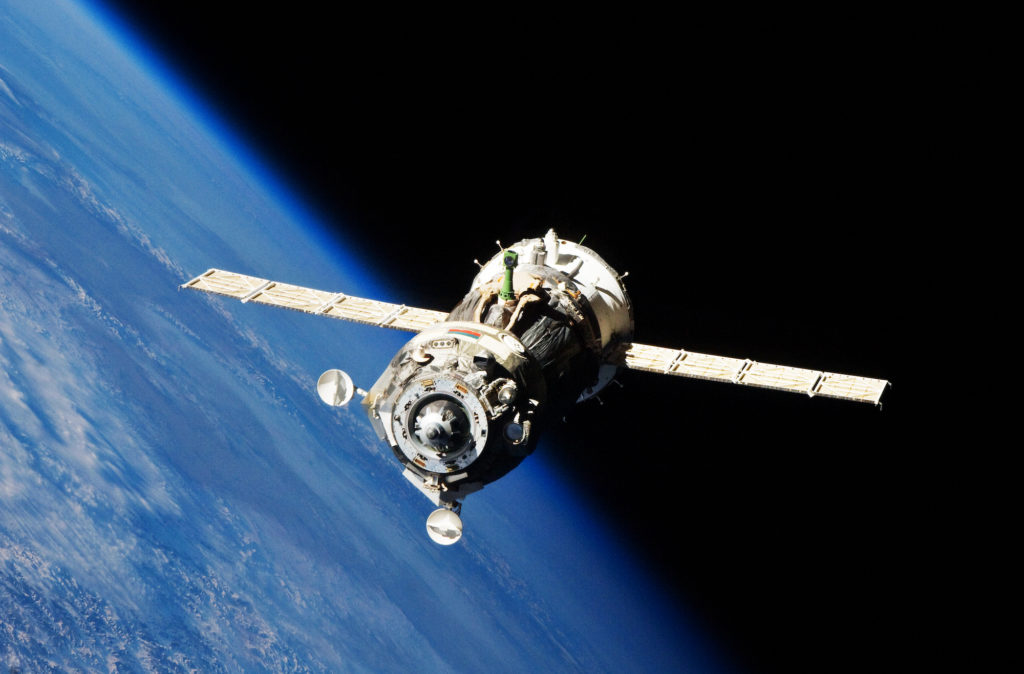The NewSpace era is here to stay, and has been fuelled by the possibilities offered by low Earth orbit satellite constellations and the connectivity they provide – so much so, in fact, that even institutions like the EU are now launching their own satellite constellations. Due to their smaller size, shorter lifecycle, and great modularity, these satellites allow operators and businesses to be much more agile compared to traditional geostationary systems. But to be competitive in this burgeoning sector, the small satellites will also need to be literally agile: organise autonomously to offer maximum coverage on Earth, and overcome their faults. This is exactly what a team of researchers at SnT is working on in partnership with satellite manufacturer and operator GomSpace.
Launched in September 2021, the MegaLEO project envisages a satellite constellation able to autonomously execute its own network configurations from space. Born out of a collaboration between SnT’s SIGCOM research group and GomSpace Luxembourg, and funded by the Luxembourg National Research Fund (FNR), the project explores self-organised and self-healing satellite constellations at low Earth orbit. “We are very excited to be working with SnT on this exciting venture. As a global leader in the manufacturing of CubeSats and small satellites, we see the MegaLEO project as the perfect opportunity to combine our resources to design an intelligent constellation,” said Niels Buus, CEO at GomSpace.
“Most current satellites distribute capacity uniformly over the coverage area, but it shouldn’t be this way. More resources need to be directed, or focused, towards areas where there is a higher demand.”
Eva Lagunas, SnT Tweet

One of the project’s primary areas of research is matching the diverse traffic demand from across the globe. As it stands, billions of people worldwide don’t have access to broadband internet – affecting mainly people located in remote areas of the planet, or rural plains. Governments universally have insisted that this technological divide will need to be addressed in order to promote economic growth and social inclusion, but it’s a situation that’s easier said than done. Traditionally, getting remote areas connected to the internet provides a low return on investment, since, by definition, there are few people in the area that will benefit. On the other end of the spectrum, there are areas that struggle to get high-speed internet connectivity due to the sheer number of people trying to access a network. What’s more, better connectivity means improved emergency response, and telemedicine services in remote areas – two key features that satellite connectivity enabled in the early stages of the COVID-19 pandemic.
“We will design a constellation that will be self-sufficient. It will need minimum human intervention and should be able to shift its location or frequency on its own in order to offer a more targeted distribution of resources.”
Eva Lagunas, SnT Tweet
On SnT’s side, the team working on MegaLEO is led by Prof. Symeon Chatzinotas, supported by Dr. Eva Lagunas and a team of researchers from the SIGCOM group. Speaking about the project, Lagunas said, “Most current satellites distribute capacity uniformly over the coverage area, but it shouldn’t be this way. More resources need to be directed, or focused, towards areas where there is a higher demand. We envision a constellation that is efficient, and can operate intelligently and autonomously.”
“We will design a constellation that will be self-sufficient. It will need minimum human intervention and should be able to shift its location or frequency on its own in order to offer a more targeted distribution of resources,” she continued. The constellation will consist of smaller sized satellites, which are much cheaper to produce and have a life span of one to three years. Although this may sound like a small amount of time, it allows for the infrastructure to continually evolve as new research comes to light.
